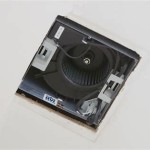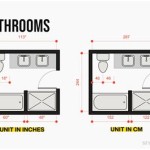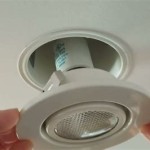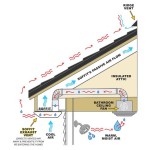Bathroom Extractor Fan Flat Roof Ventilation System Design
Creating a comfortable and healthy living environment necessitates effective ventilation, particularly in areas like bathrooms where moisture and odors are prevalent. Flat roofed buildings present unique challenges for ventilation system design, requiring specialized approaches to ensure proper air circulation and moisture removal. This article delves into the design of a comprehensive bathroom extractor fan flat roof ventilation system, focusing on key considerations for optimal performance and efficiency.
1. Understanding the Basics of Ventilation
Ventilation systems are designed to control air flow and quality within a building. In the context of a bathroom, the primary objective is to remove moisture-laden air generated by showers, baths, and general use. Moisture, if not adequately removed, can lead to mold growth, structural damage, and health issues. An extractor fan, strategically placed in the bathroom, draws out the humid air and expels it externally, creating a negative pressure that encourages fresh air to enter through other openings. This continuous air exchange maintains a healthy and dry environment.
2. Flat Roof Ventilation Considerations
Flat roofs pose unique challenges for ventilation system design due to their lack of natural slope for air movement. The absence of a natural chimney effect necessitates a more proactive approach to create airflow. The following considerations are crucial for effective flat roof bathroom ventilation:
- Airflow Path: The path of air movement must be carefully planned. The extractor fan should be positioned to draw air from the bathroom and effectively vent it out through a dedicated duct leading to the rooftop. The duct needs to be well-insulated to prevent condensation and ensure efficient air transfer.
- Rooftop Exhaust: The termination point for the ventilation duct on the flat roof is critical. A properly designed roof exhaust system ensures that the extracted air is expelled efficiently and does not recirculate back into the building. This often involves a dedicated vent stack with an outlet above the roofline to prevent backdrafting and ensure optimal air displacement.
- Air Intake: Balanced ventilation requires an air intake source to replace the air being extracted by the fan. This could be provided through a dedicated air intake vent or through natural infiltration from other areas of the building. Consideration should be given to the location of the intake to avoid potential hazards and ensure balanced air flow.
- Moisture Control: The ventilation system needs to effectively control humidity levels. This often involves selecting a fan with appropriate airflow capacity based on bathroom size and usage patterns. The ductwork should be designed to minimize the risk of condensation buildup, which can lead to mold growth and system inefficiency.
3. Components of a Flat Roof Bathroom Ventilation System
A well-designed flat roof bathroom ventilation system typically includes the following components:
- Extractor Fan: This is the core component responsible for drawing out humid air from the bathroom. The choice of fan depends on the size of the bathroom, usage frequency, and desired airflow capacity. Commonly used options include axial and centrifugal fans, each with specific advantages and disadvantages in terms of performance and noise levels.
- Ducting: The ductwork connects the extractor fan to the rooftop exhaust point. The material used for the duct should be resistant to moisture and corrosion, with proper insulation to prevent condensation. Different duct diameters and configurations are available to accommodate the specific needs of the ventilation system.
- Rooftop Exhaust: The roof termination point for the duct should be designed to prevent backdrafting and ensure effective air expulsion. This often involves a vent stack extending above the roofline, equipped with a weather-resistant cap to prevent water ingress and debris accumulation.
- Air Intake: The air intake source replenishes the air being extracted. This could be a dedicated vent or natural air infiltration from other areas of the building. The type of air intake depends on the overall ventilation design and the specific requirements of the building.
- Control System: A control system manages the operation of the ventilation system. Common options include manual switches, timers, and humidity sensors that automatically activate the fan when moisture levels rise. The control system ensures optimal ventilation performance based on actual usage patterns and environmental conditions.
The specific components and their configuration depend on the particular requirements of the bathroom and the building. Proper design and installation are essential to ensure optimal performance and longevity of the system. Consult with qualified ventilation professionals for tailored recommendations based on your specific needs and local building codes.

Bathroom Exhaust Fans The Complete Guide By Fanco

Your Complete Guide To Bathroom Exhaust Fans Universal

Flat Roof Vents Roofing Materials Areco Specialists

What Extractor Fan Do I Need For My Bathroom Blog World

Active Ventilation 12 In Dia Keepa Vent An Aluminum Roof For Flat Roofs Kv The Home Depot

What Types Of Roof Vents Are There Active Ventilation S Inc

Types Of Vents For Flat Roof Synergy Infotech

The Ultimate Guide To Roofing Vents No1 And Building Supplies

8 Types Of Flat Roof Vents Doityourself Com

Active Ventilation 4 In Dia Keepa Vent An Aluminum Roof For Flat Roofs Kv The Home Depot
Related Posts







